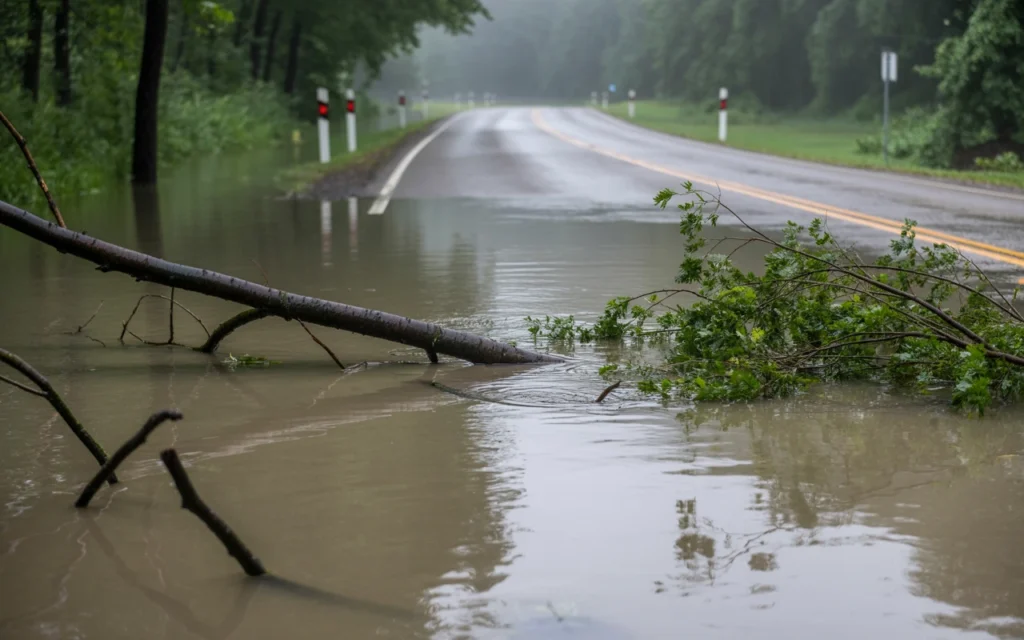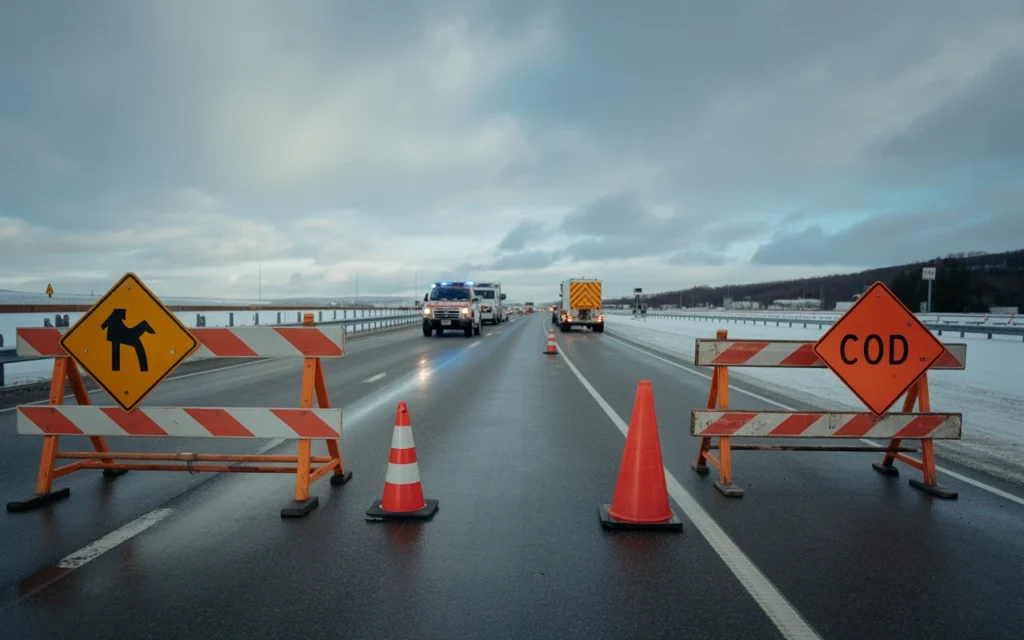Every day, road closures are implemented across highways and local streets for various reasons, such as construction, accidents, weather conditions, or emergencies. While the intention behind these closures is always to ensure public safety, some drivers still choose to ignore these warnings and attempt to drive on closed roads. However, driving on closed roads poses serious risks, not just for you but for other drivers and road workers.
In this article, we will explore the dangers of driving on closed roads, explain why it’s a bad idea, and share essential safety tips to ensure you stay on the right side of the road, literally and legally.
Why Are Roads Closed?
Roads are typically closed for a variety of safety-related reasons, including but not limited to:
1. Accidents and collisions: When an accident occurs, emergency vehicles need access to the site, and it’s dangerous for regular traffic to be near.
2. Weather conditions: Severe weather, like snowstorms, floods, or hurricanes, can make roads impassable or unsafe. For up-to-date weather and road information, you can check road conditions with the National Weather Service.
3. Construction and maintenance: Roads are often closed for repairs or maintenance to avoid accidents and prevent further damage to the infrastructure.
4. Natural disasters: Earthquakes, landslides, or wildfires can force local authorities to close roads to protect the public.
In each of these cases, road closures are implemented for the safety of everyone. Ignoring these closures puts you at risk and can lead to serious consequences.
The Dangers of Driving on Closed Roads
While it might seem tempting to drive on closed roads to avoid traffic or take a shortcut, the dangers far outweigh the benefits. Here’s why:

1. Hidden Hazards
Closed roads often have hidden dangers that aren’t immediately visible. For example, a flooded road may appear drivable but can be much deeper than it looks, and attempting to cross it can cause your vehicle to become stuck or swept away. Landslides, fallen trees, or damaged infrastructure are common hazards that drivers may encounter on closed roads.
2. Road Work and Obstructions
Many road closures are in place due to construction or repair work, which often includes heavy equipment, uneven surfaces, and temporary obstructions. These hazards can damage your vehicle or cause accidents if you’re driving too quickly or without the proper awareness of your surroundings. For example, you could encounter workers or equipment blocking the path, making it impossible to safely continue driving.
3. Legal Consequences
Driving on a closed road is illegal and can result in fines, citations, and even criminal charges. If you’re facing legal consequences due to road violations, contact our Personal Injury Lawyer for assistance.
4. Risk to Emergency Responders
When emergency responders are on the scene of an accident, it is critical to keep the area clear so they can do their jobs. By driving on a closed road, you are putting rescue teams at risk, potentially delaying their ability to help those in need. It also increases the chances of a secondary collision while emergency vehicles are trying to access the scene.
5. Stranded or Stuck
Driving on closed roads can also leave you stranded, especially in remote areas or during bad weather conditions. If your vehicle breaks down or gets stuck due to poor road conditions, you may find it difficult to get help, and you could be left in a dangerous situation. In extreme cases, such as in the event of flooding or snowstorms, you could be at risk of exposure to the elements.
How to Stay Safe: Tips for Dealing with Road Closures
To avoid the dangers of driving on closed roads, follow these tips:
1. Pay Attention to Road Closure Signs
When you encounter a road closure sign, always obey it. These signs are placed for a reason, and ignoring them can put you in serious danger. Even if it seems like a minor inconvenience, it’s better to take a longer route than risk getting caught in a dangerous situation.
2. Stay Informed About Current Road Conditions
Always check road conditions before setting out, especially during winter or after a storm. You can use resources like the official provincial websites, apps, or even GPS systems to get real-time updates on road closures and traffic conditions. For example, if you’re asking yourself, “What is the highway 1 closure today?” or searching for “hwy closures near me”, always make sure to stay updated to avoid unnecessary risks.
3. Use Detours When Available
If you encounter a road closure, follow the official detours provided by local authorities. These detours are designed to guide you safely around closed areas and prevent you from unknowingly driving into dangerous zones.
4. Don’t Take Shortcuts
Even though driving on a closed road might seem like a quick shortcut, it’s never worth the risk. Taking alternative routes may take a little longer, but they will be much safer in the long run. Driving on closed roads to save time could result in damage to your vehicle, legal issues, or even worse, serious injury.
When Do You Need to Check Highway Closures?
It’s always important to stay informed about highway closures, whether it’s highway 21 road conditions or highway 1 closure today. Regular updates are available through local traffic authorities, radio stations, and government websites. Additionally, GPS apps and online maps often include real-time alerts about road closures, accidents, and weather-related disruptions.
Conclusion
While it may be tempting to drive on closed roads, the dangers far outweigh any perceived convenience. From hidden hazards and legal consequences to the risk of stranded vehicles and emergency response delays, ignoring road closure signs puts you and others at significant risk. Always respect road closure warnings, stay informed about highway conditions, and follow detours to ensure your safety and that of everyone on the road.








